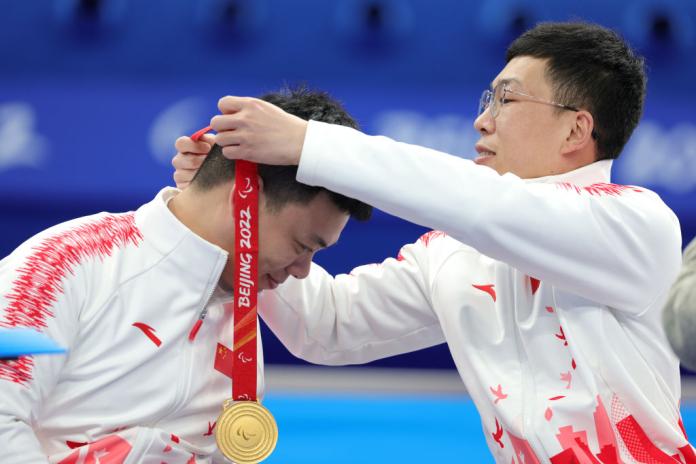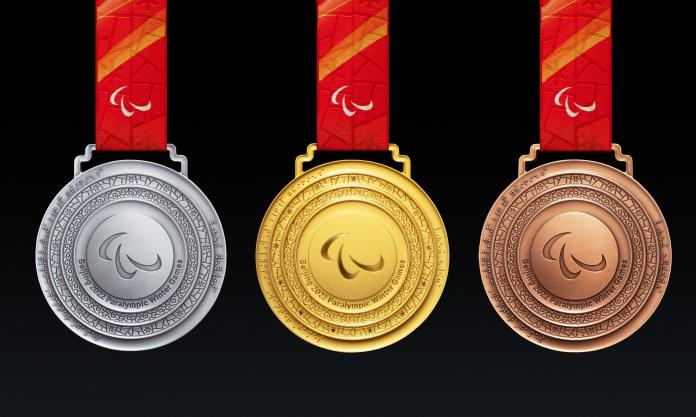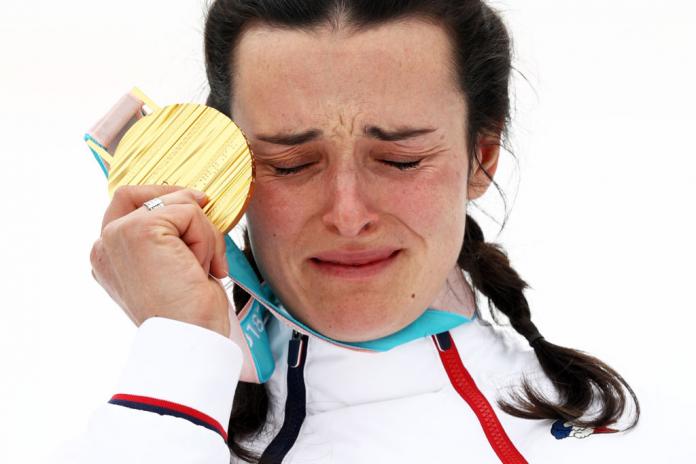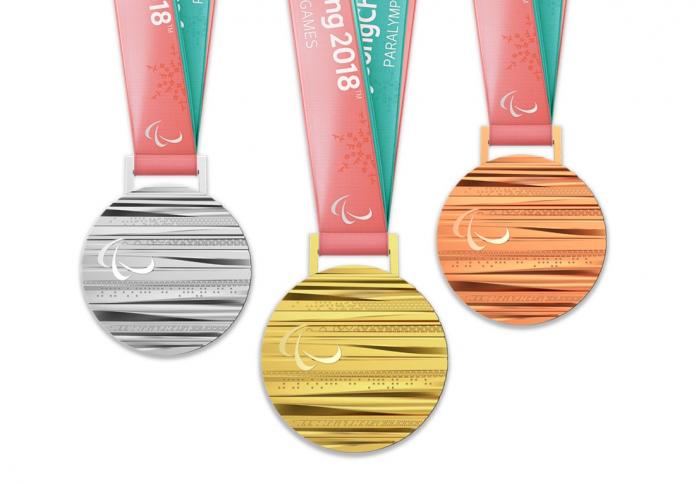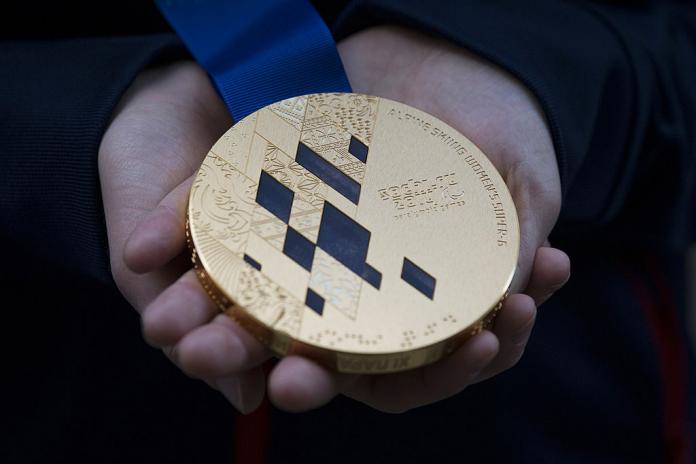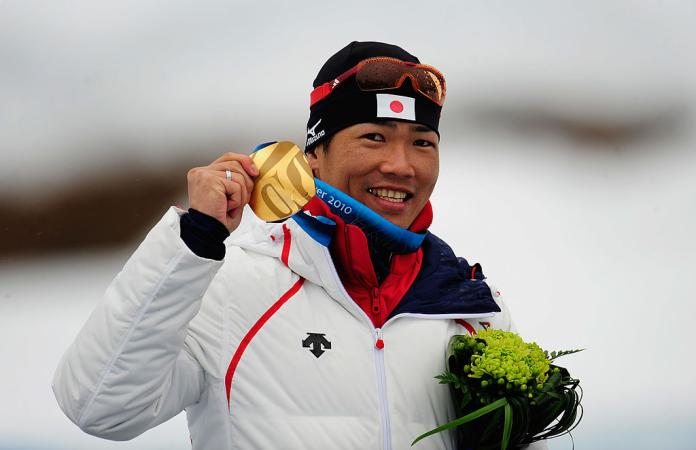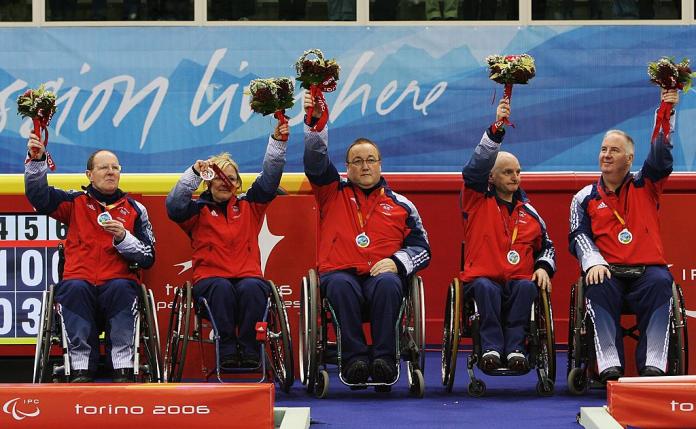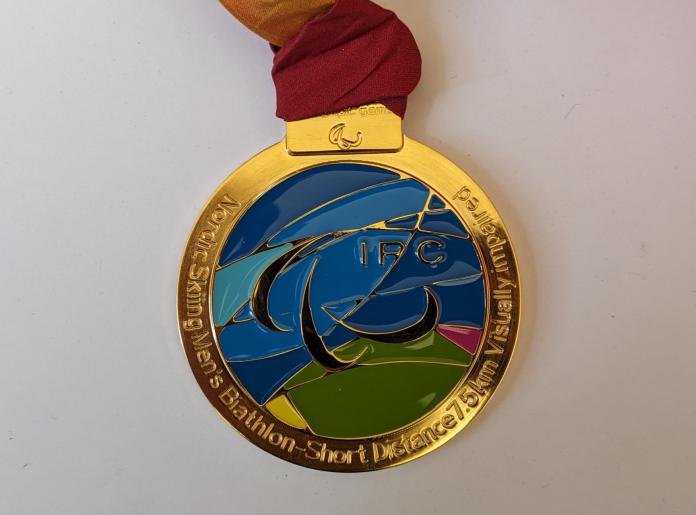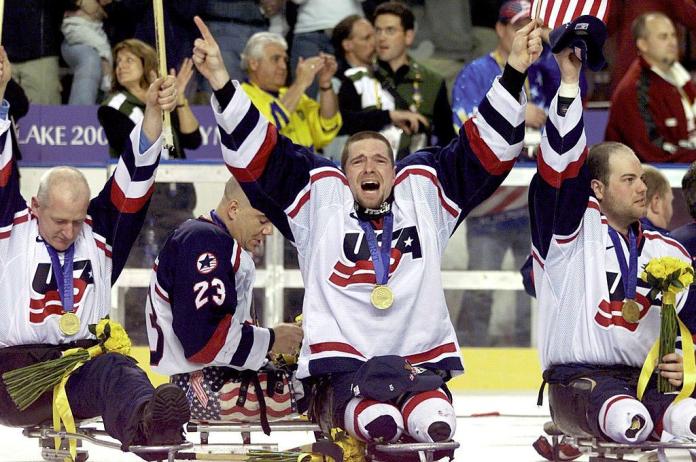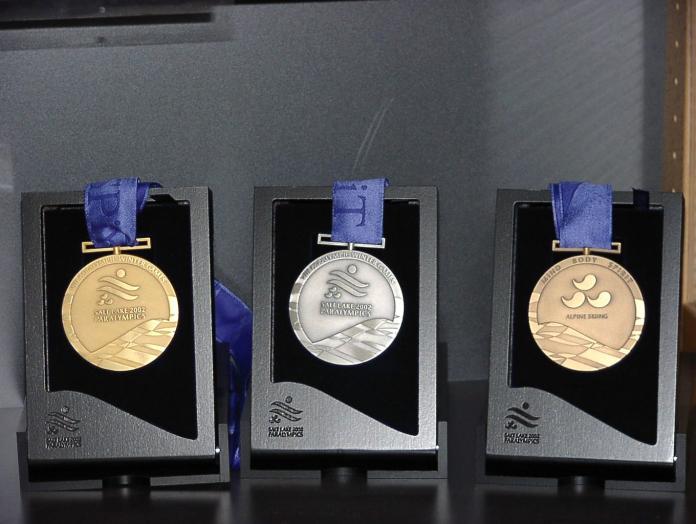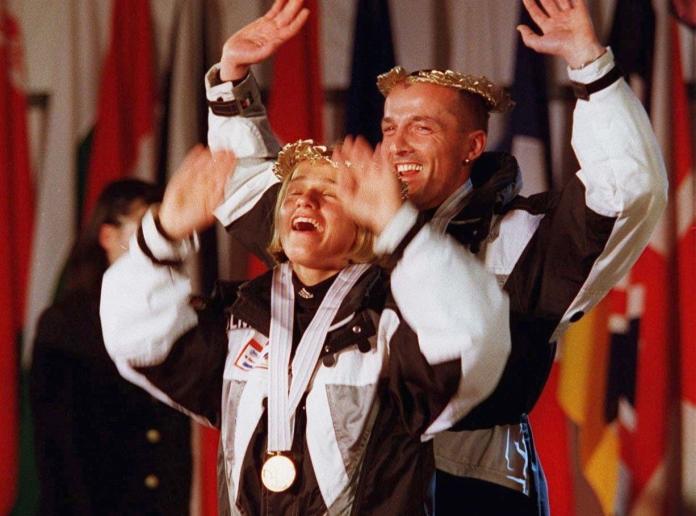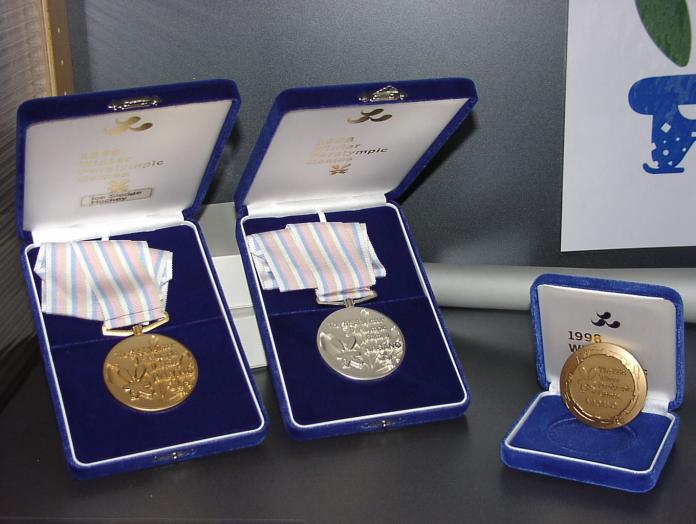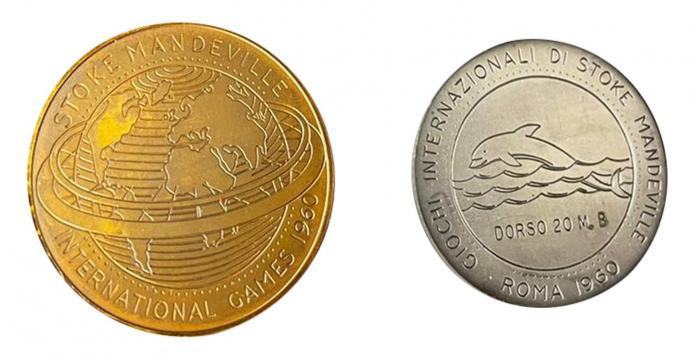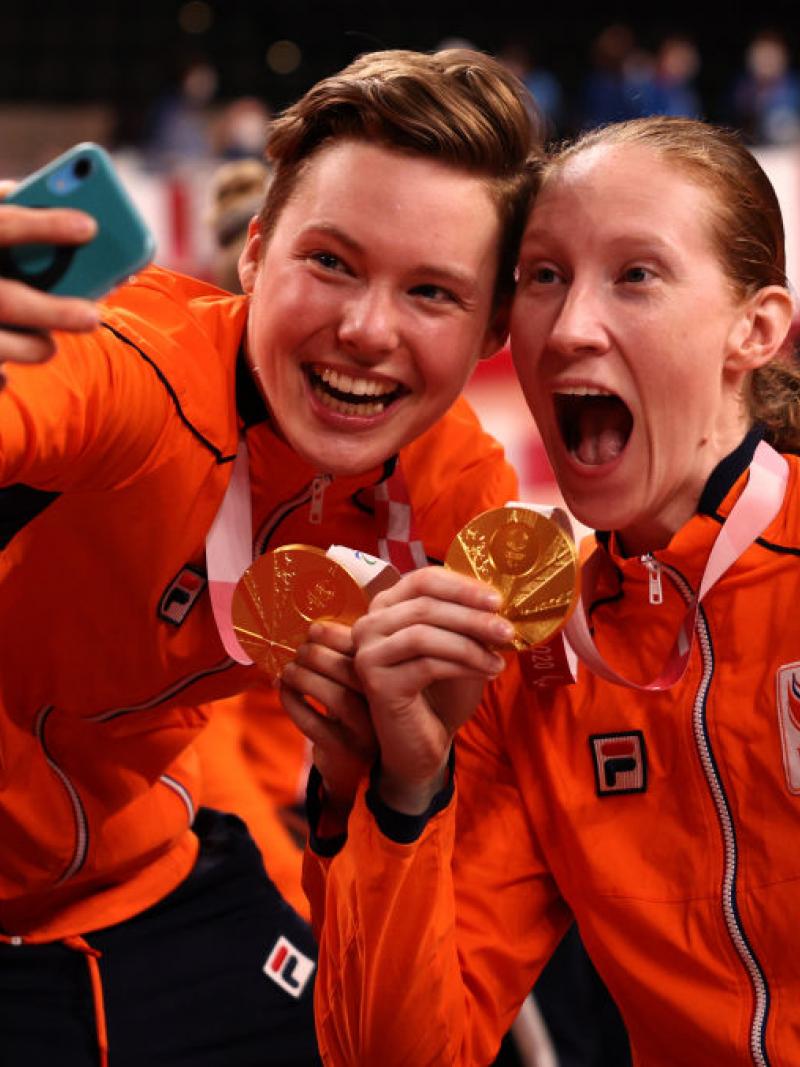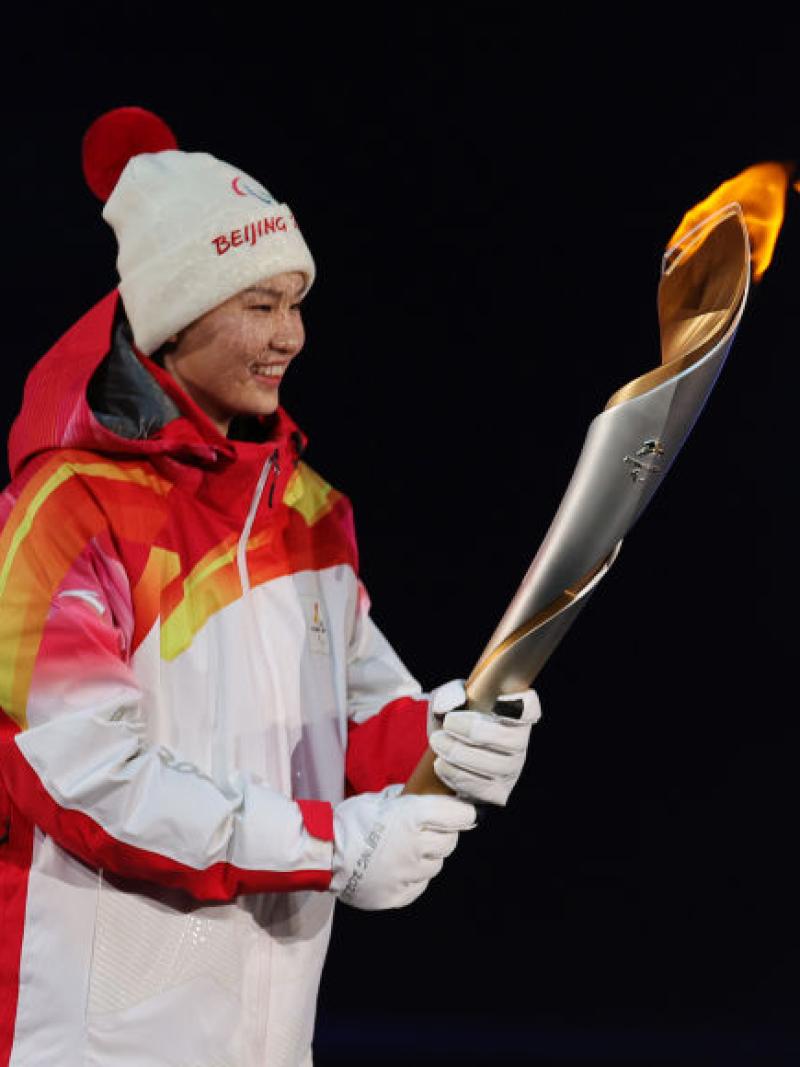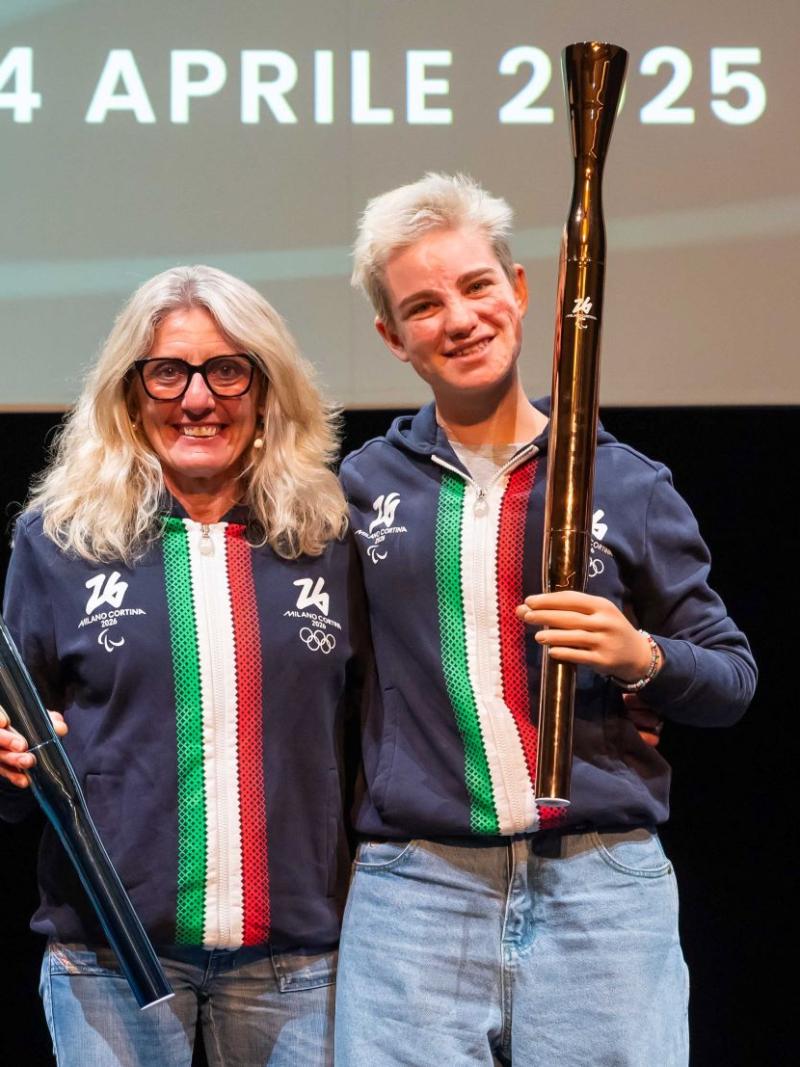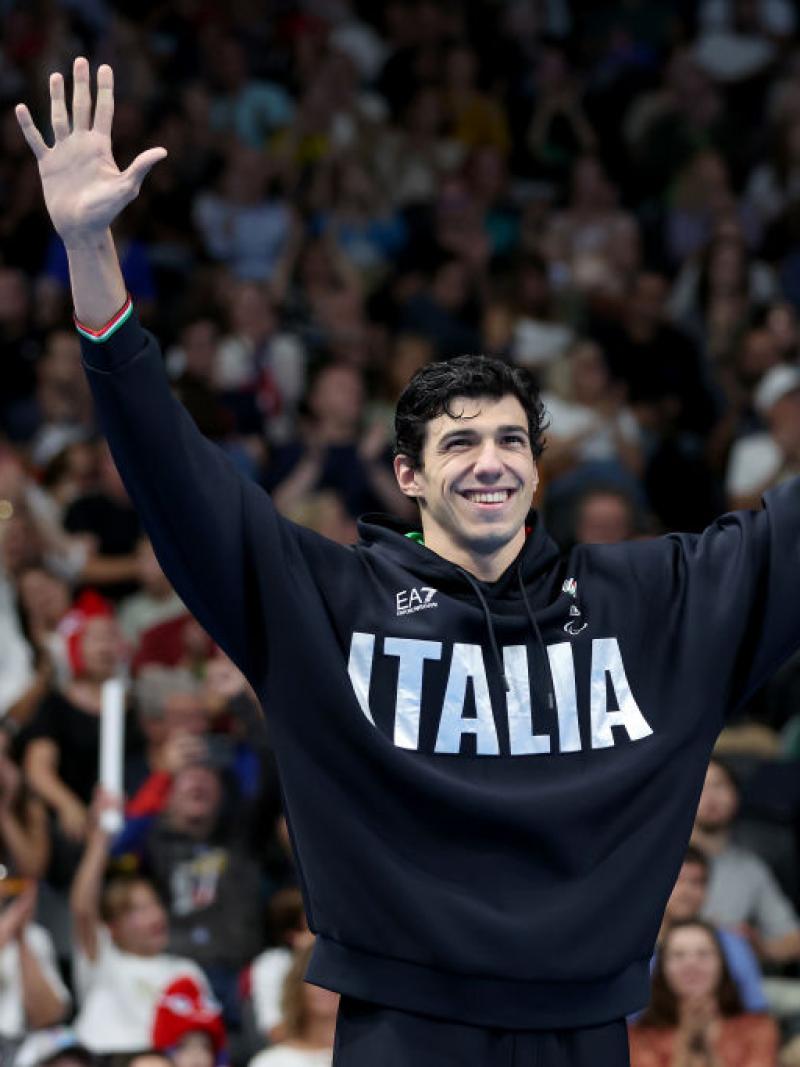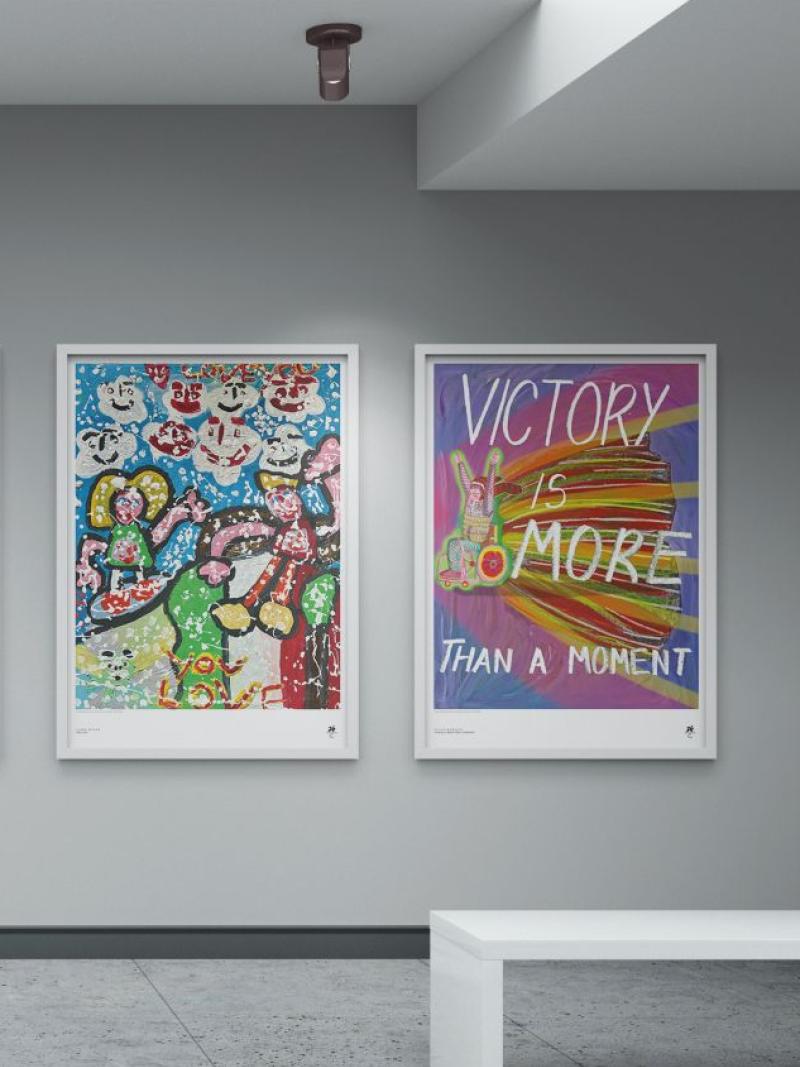Nagano 1998-Milano Cortina 2026: Paralympic Winter Games medal gallery
Take a journey through the iconic designs of Paralympic Winter Games medals from Nagano 1998 to Milano Cortina 2026. Which is your favourite medal? 14 Jul 2025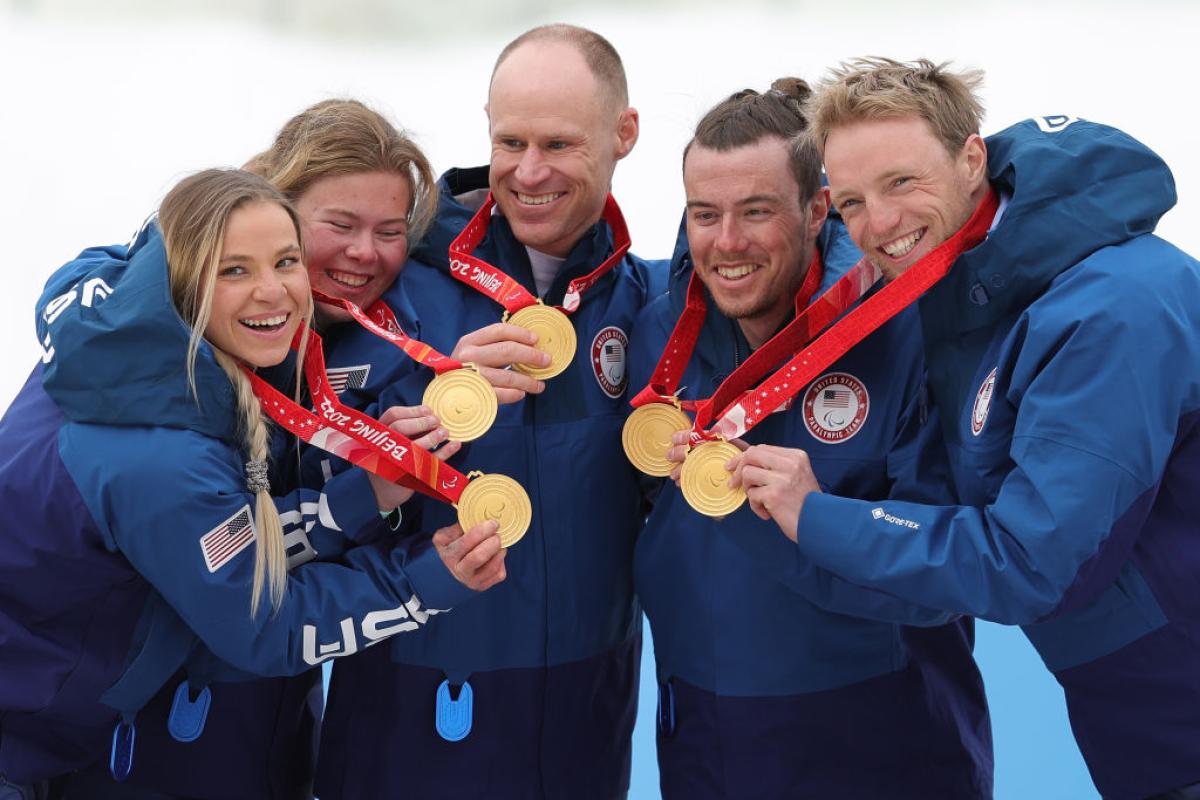
For over six decades, Paralympic medals have symbolised the pinnacle of athletic achievement. Since their debut at the Rome 1960 Paralympic Games, gold, silver, and bronze medals have celebrated the incredible accomplishments of Paralympians around the world.
Take a journey through the iconic designs of Paralympic Winter Games medals. Which is your favourite medal?
Milano Cortina 2026
The medals for the Milano Cortina 2026 Paralympic Winter Games were revealed in Venice, Italy, on 15 July 2025. Italy’s 14-time Paralympic medallist Francesca Porcellato and Olympic swimming champion Federica Pellegrini attended an event, held less than eight months to go until the opening of the first Paralympic Winter Games in Italy in 20 years.
The medals of Milano Cortina 2026 feature an ‘essential’ design that places emotion and teamwork at the core, symbolising not only the union of two host cities – Milano and Cortina – but also the ‘soul of victory’ and what it requires to achieve it.
Learn more about the Milano Cortina 2026 medals
Beijing 2022
The medals of the Beijing 2022 Paralympics blended Chinese heritage with a commitment to sustainability. Reflecting the host city's bid to host an eco-friendly Games, each medal was presented in a case crafted from bamboo and lacquer.
The medal design drew inspiration from ancient Chinese jade pendants featuring concentric circles, symbolising “the unity of heaven and earth and the unity of people’s hearts.” Named Tong Xin, meaning “together as one,” the Paralympic and Olympic medals shared this unified design, celebrating both cultural tradition and collective spirit.
Learn more about the Beijing 2022 medals
PyeongChang 2018
The PyeongChang 2018 Paralympic medals were a stunning tribute to Korean tradition and nature. Engraved with the Korean Hangeul alphabet and traditional patterns, the medals featured motifs such as clouds, mountains, wind, and wood — all symbolising the natural beauty of PyeongChang and Gangwon Province.
Both sides of the medal were marked with horizontal lines, representing equality. The medals were suspended from ribbons made of a traditional textile called Gaspa, which is used to make Korea’s traditional hanbok garment.
Discover more about the PyeongChang 2018 medals
Sochi 2014
The Sochi 2014 Paralympic Winter Games medals stood out with an iconic patchwork design, created using a special technique that gave each medal a unique, quilt-like appearance. Translucent elements resembling embedded ice crystals added a striking visual effect.
The design celebrated the diverse landscapes of Sochi — from snow-covered mountain reflecting rays of sun to the sandy shores of the Black Sea — capturing the region’s natural beauty in every detail.
Read more about the Sochi 2014 medals
Vancouver 2010
For the first time in Paralympic history, the medals broke away from tradition — taking on a square shape with rounded corners instead of a circle at the Vancouver 2010 Paralympics. Each medal featured unique patterns drawn from larger contemporary Aboriginal artworks, celebrating Indigenous culture and creativity.
The design was inspired by First Nations imagery and centered around an artwork of a raven, which represents determination, wisdom, creativity, and transformation.
Learn more about the Vancouver 2010 medals
Torino 2006
The Torino 2006 medals stood out for their vibrant colours. On the front, each medal displayed the pictogram of the specific sport in which it was awarded, while the reverse side featured the Agitos — the symbol of the Paralympic Movement.
Read more about the Torino 2006 medals
Salt Lake City 2002
The medals of the Salt Lake City 2002 Paralympic Winter Games were designed around the theme “Mind, Body, Spirit,” reflecting the Paralympic Movement’s motto at the time.
One side of the medal prominently featured the three Tae-Geuks — the official symbol of the International Paralympic Committee from 1994 to 2004. Beneath the emblem, the specific sport for which the medal was awarded was engraved, while the words “Mind,” “Body,” and “Spirit” were inscribed along the rim, reinforcing the Games’ core values.
Discover more about the Salt Lake City 2002 medals
Nagano 1998
The medals of Nagano 1998 featured the official Games emblem, which also inspired the design of the mascot, Parabbit. Engraved on each medal were the emblem and the event title, “The 1998 Winter Paralympic Games Nagano.” Just below the text sat the three Tae-Geuks — the symbol of the Paralympic Movement used from 1994 to 2004.
Each medal was presented in a blue velvet case and hung from a multicoloured ribbon in the official colours of the Games: blue, red, and green.
Read more about the Nagano 1998 medals
Rome 1960
Now are you curious about what the medals looked like at the very first Paralympic Games? Let’s travel back to Rome 1960 — officially known as the 9th Annual International Stoke Mandeville Games.
Four hundred Para athletes from 23 nations, competed in 57 medal events across eight sports: archery, athletics, dartchery, snooker, swimming, table tennis, wheelchair basketball, and wheelchair fencing.
The medals featured an image of a globe along with the inscription “Stoke Mandeville International Games 1960.” Host nation Italy topped the medal table, followed by Great Britain, Germany, Austria, and the USA.
Secure your tickets for the Milano Cortina 2026 Paralympic Winter Games
Milano Cortina 2026, which takes place from 6-15 March 2026, is set to be the most beautiful Paralympic Winter Games yet. Ticket prices start at EUR 10 for children under 14, with approximately 89 per cent of the tickets available for EUR 35 or less.
For more information, please visit tickets.milanocortina2026.org
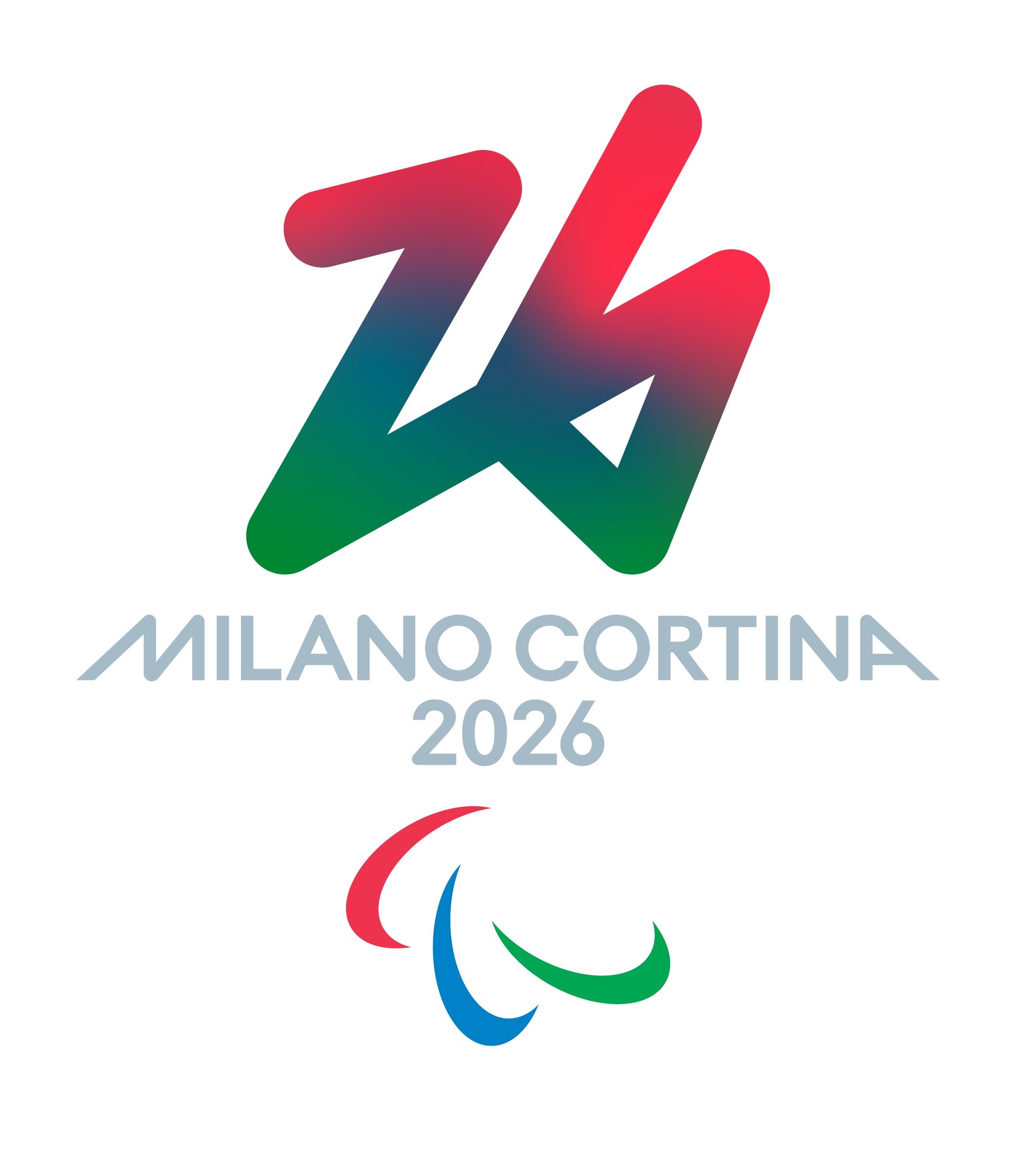
 Facebook
Facebook
 Instagram
Instagram
 Twitter
Twitter
 Youtube
Youtube
 TikTok
TikTok
 Newsletter Subscribe
Newsletter Subscribe




